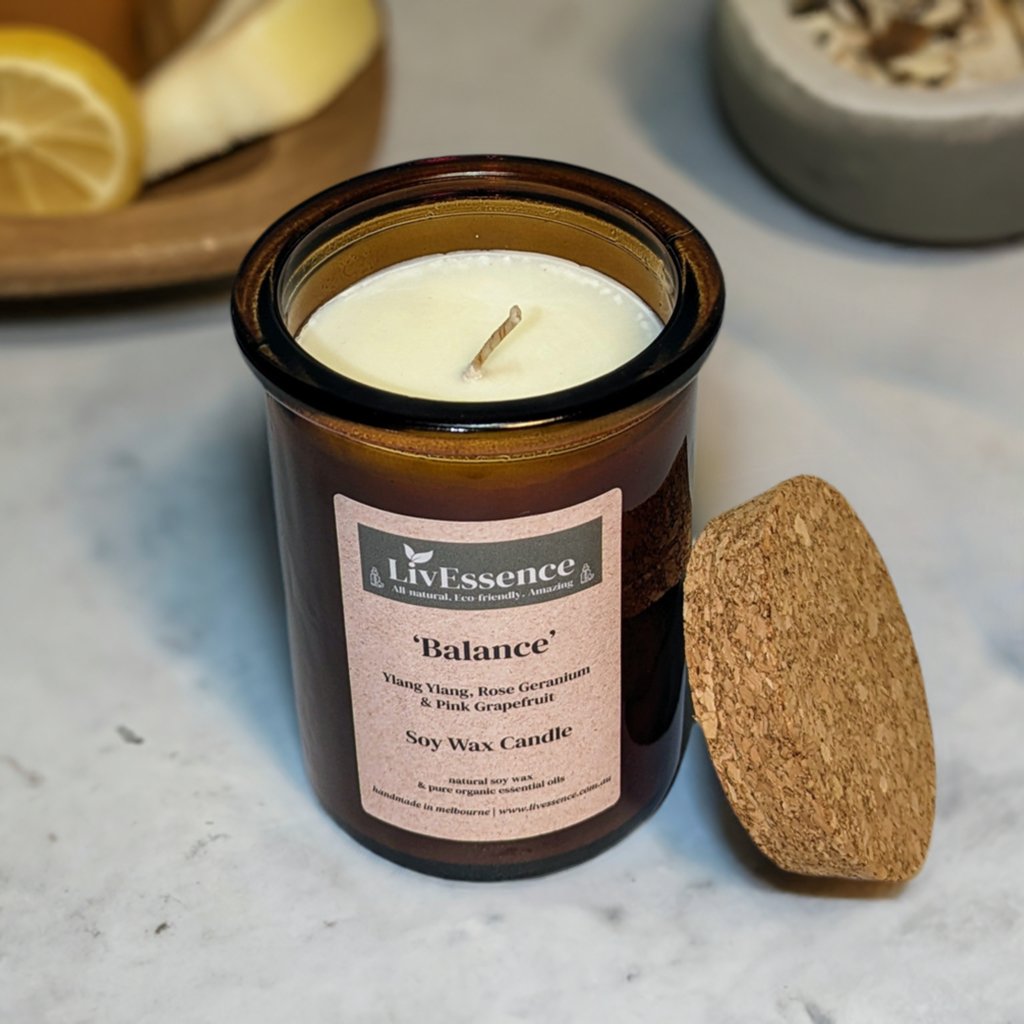From Wick to Wax: Understanding the Chemistry Behind Soy Wax Candles and Their Environmental Influence
As we illuminate our rooms with the cozy radiance of candle lights, there exists a world of elaborate chemistry behind the apparently basic act of lighting a soy wax candle light. The option between soy and paraffin wax expands beyond mere aesthetics, diving right into the realm of environmental impact and the very composition of the products. Recognizing the molecular structure of soy wax and its burning procedure clarifies the discharges released into our surroundings. Join us as we untangle the clinical intricacies behind soy wax candle lights and discover their effects on our environment.
Soy Wax Vs. Paraffin Wax
When contrasting soy wax and paraffin wax for candle making, it is important to understand the unique attributes and benefits of each material. Soy wax is an all-natural, renewable energy originated from soybean oil, making it eco-friendly and environment-friendly - candles. In comparison, paraffin wax is a byproduct of oil refining, which elevates concerns concerning its ecological effect and sustainability
Soy wax candle lights burn cleaner and produce much less residue compared to paraffin wax candle lights, making them a healthier option for indoor air high quality. Furthermore, soy wax has a reduced melting point, permitting a longer-lasting candle that distributes fragrance more effectively. Paraffin wax, on the other hand, often tends to melt faster and much less easily, potentially launching harmful chemicals into the air.
From a sustainability perspective, soy wax is favored for its biodegradability and eco-friendly sourcing, straightening with the expanding customer preference for eco aware products. While paraffin wax has actually been a traditional choice in candle making because of its cost and simplicity of use, the shift in the direction of eco-friendly alternatives like soy wax is gaining momentum in the industry.
Chemical Composition of Soy Wax

Burning Refine in Soy Candles
The chemical make-up of soy wax directly influences the burning procedure in soy candles, influencing aspects such as burn time, aroma launch, and environmental influence. When a soy candle is lit, the warmth from the fire thaws the wax near the wick. This liquid wax is then prepared the wick as a result of capillary action. As the liquid wax gets to the flame, it evaporates and undertakes burning. The combustion process entails the vaporized hydrocarbons in the wax reacting with oxygen in the air to generate heat, light, water vapor, and co2.
The combustion efficiency of soy candles is affected by the purity of the soy wax and the top quality of the wick. In addition, soy wax candle lights have a reduced environmental effect contrasted to paraffin candle lights due to their eco-friendly and naturally degradable nature.

Ecological Benefits of Soy Wax

Taken into consideration a lasting alternative to traditional paraffin wax, soy wax offers noteworthy environmental benefits that make it a prominent option among eco-conscious consumers. One substantial benefit of soy wax is its renewable sourcing. Soy wax is originated from soybean oil, which is mainly grown in the United States. The growing of soybeans helps support local farmers and reduces the reliance on non-renewable fossil fuels made use of in paraffin wax production. Additionally, soy wax is eco-friendly, implying it damages down naturally without launching unsafe contaminants right into the setting. This particular makes soy wax candles a much more ecologically friendly option contrasted to paraffin wax candles, which imp source are made from oil, a non-renewable source. Soy wax burns cleaner and produces much less residue than paraffin wax, adding to far better indoor air quality and decreasing the requirement for cleaning and upkeep. On the whole, the environmental advantages of soy wax straighten with the expanding demand for eco-friendly and sustainable items in the market.
Recycling and Disposal Factors To Consider
Reusing and appropriate disposal of soy wax candles play a crucial duty in keeping environmental sustainability and decreasing waste in houses and areas. When it pertains to recycling soy wax candle lights, the initial step is to guarantee that the candle light has shed completely. This can be attained by permitting the candle to burn until the wick is no much longer functional, and afterwards allowing the staying wax cool and solidify. view website When the wax has actually strengthened, it can be meticulously removed from the container.

In terms of disposal, if recycling is not an alternative, soy wax candle lights are eco-friendly and can be securely gotten rid of in the majority of home waste systems. It is constantly recommended to check with local recycling facilities or waste management services for certain guidelines on candle disposal to make sure proper handling and environmental protection.
Final Thought
In conclusion, the chemistry behind soy wax candle lights discloses their environmental benefits over paraffin wax candles. Soy wax, acquired from soybean oil, burns cleaner and creates less soot when contrasted to paraffin wax.
When comparing soy wax and paraffin wax for candle making, it is crucial to recognize the distinctive characteristics and benefits of each material (crystal soy candles).Soy wax candle lights melt cleaner and discharge less residue contrasted to paraffin wax candles, making them a healthier choice for interior air quality.Thought about a lasting alternative to conventional paraffin wax, soy wax supplies remarkable environmental advantages that make it click here to read a popular option among eco-conscious consumers. Soy wax burns cleaner and produces much less residue than paraffin wax, contributing to far better interior air quality and lowering the demand for cleaning and maintenance.In verdict, the chemistry behind soy wax candle lights reveals their environmental advantages over paraffin wax candles
Comments on “Explore the Magic of Crystal Soy Candles and Home Fragrance”